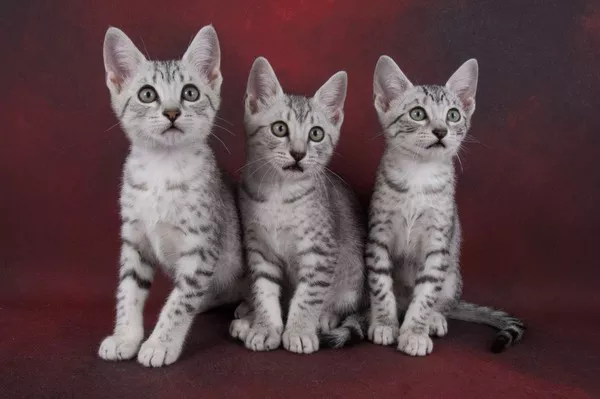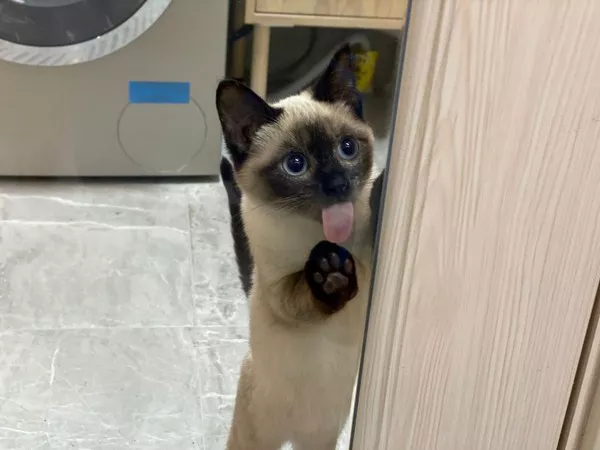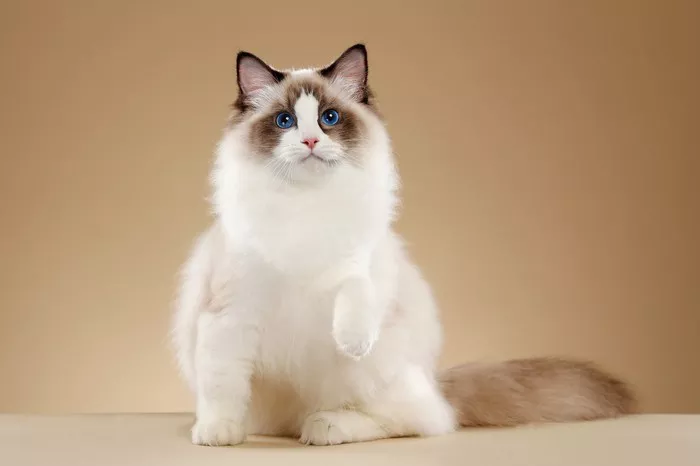Tabby cats, known for their charming and distinctive coat patterns, are among the most popular and beloved domestic cat breeds. These versatile felines come in various colors and patterns and have endearing personalities. In this comprehensive breed profile, we delve into the origins, physical attributes, temperament, and specialized care requirements of Tabby cats.
Origins and History
Tabby cats, often referred to simply as “tabbies,” are not a distinct breed but rather a coat pattern that can be found in many cat breeds, including the domestic shorthair and domestic longhair. The term “tabby” is derived from the Middle French word “tabis,” meaning a silk with a striped pattern. Tabby cats are known for their striped or marbled patterns on their coats, with distinctive “M” shapes on their foreheads.
The Tabby pattern is ancient and can be traced back thousands of years. It’s believed to have originated in wildcat ancestors, serving as a form of camouflage in their natural habitats. Over time, this pattern was passed down to domestic cats through selective breeding.
Physical Characteristics
Tabby cats are not a distinct breed with specific physical characteristics, but rather a diverse group with a common coat pattern. Their appearance can vary widely depending on factors such as breed, genetics, and individual traits. However, there are some common characteristics associated with Tabby cats:
Coat Patterns: Tabby cats typically have coats featuring various patterns, including classic stripes, swirls, spots, or a combination of these. The most iconic feature is the “M” shape on their foreheads.
Colors: Tabby cats come in a wide range of colors, including brown, gray, orange, and cream. The specific coat color can vary depending on the individual cat’s genetics.
Body Size: Tabby cats can range from small to large, depending on their breed. They often have a medium to stocky build.
Eye Color: Their eye color varies, with shades of green, amber, or gold being common, although blue eyes can also occur.
Whiskers: Tabby cats often have prominent whiskers that complement their expressive faces.
Temperament and Personality
Tabby cats are known for their charming and affectionate personalities. While individual temperaments can vary, there are some common traits associated with Tabby cats:
Playful: Tabby cats tend to be playful and enjoy interactive toys and games. They often retain a kitten-like curiosity throughout their lives.
Social: These cats are typically sociable and enjoy spending time with their human family members. They often form strong bonds with their owners.
Intelligent: Tabby cats are known for their intelligence and problem-solving abilities. They can be quick learners and enjoy mental stimulation.
Affectionate: Many Tabby cats are affectionate and enjoy cuddling and being close to their human companions.
Vocal: Some Tabby cats are quite vocal and enjoy “talking” to their owners, while others are quieter.
Adaptable: Tabby cats tend to adapt well to various living environments, making them suitable for both apartments and houses.
Care and Health Considerations
Caring for a Tabby cat involves several essential aspects to ensure their health and well-being:
Nutrition: Provide a balanced and age-appropriate diet for your Tabby cat. Consult with your veterinarian to determine the best food and feeding schedule.
Exercise: Tabby cats are playful and benefit from regular play and exercise. Interactive toys and play sessions can help keep them mentally and physically stimulated.
Grooming: Depending on the length of their coat, Tabby cats may require regular grooming. Brushing them a few times a week can help prevent matting and reduce shedding.
Healthcare: Routine veterinary check-ups are crucial to monitor your cat’s overall health. Discuss vaccinations, flea and tick prevention, and other healthcare needs with your veterinarian.
Spaying and Neutering: To prevent unwanted pregnancies and contribute to the overall health of your cat, consider spaying or neutering your Tabby cat.
Safety: Ensure your home is safe for your Tabby cat. Remove hazardous items, secure windows and balconies, and provide scratching posts to satisfy their natural instincts.
Socialization: Tabby cats thrive on human interaction, so spend quality time with them to prevent loneliness and promote a strong bond.
Litter Box Training: Ensure that your Tabby cat is litter box trained, and keep the litter box clean and accessible.
Tabby Cats in Pop Culture
Tabby cats have left their mark on pop culture in various ways. They have appeared in literature, movies, and art, often representing a symbol of domesticity and companionship. Notable fictional Tabby cats include Puss in Boots from the Shrek franchise and the Cheshire Cat from Lewis Carroll’s “Alice’s Adventures in Wonderland.”
Conclusion
Tabby cats, with their diverse coat patterns and endearing personalities, hold a special place in the hearts of cat enthusiasts worldwide. While they may not represent a specific breed, their unique charm and versatility make them beloved companions in countless households. By providing proper care, attention, and love, you can ensure that your Tabby cat leads a healthy, happy, and fulfilling life as a cherished member of your family.













![Do Birman Cats Like to Cuddle? [Revealed!]](https://www.catsmeowweb.com/wp-content/uploads/2023/06/burmese-cat-22.webp)













